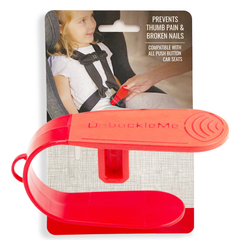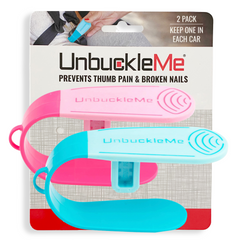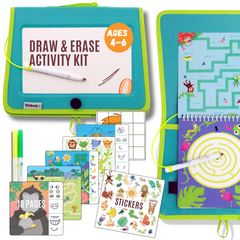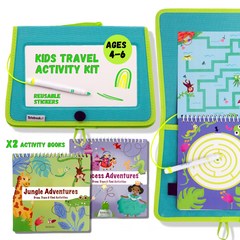Keeping your child safe in the car is one of those things every parent thinks about, but with all the rules, models, and measurements, it can get confusing. Upgrading your car seats at the right moment can be less about your child’s age and more about whether the seat still does its job well. Here’s a friendly guide to help you figure it out.
Keep Them Rear-Facing as Long as You Can
Experts agree: rear-facing is safest. Little ones do much better in crashes if their seat cradles their head, neck, and spine. Even after age two, if your convertible or all in one seat still allows safe rear-facing, stick with it. As soon as your child exceeds those rear-facing weight or height limit, then it’s time to think about a forward-facing harness seat. If you’re unsure what your seat's limits are, they’ll be printed on the seat or in the manual.
Look for Signs They’ve Outgrown the Current Seat
Age is just a number. What matters more is how your child fits. Here are a few things to keep an eye on:
-
If their shoulders are above the top harness slots when the harness straps are extended to their maximum height slot, they may have outgrown the seat.
-
If the top of their head is near the top rim of the car-seat shell, check the manual for guidance on whether they have outgrown the seat.
-
If their upper body seems cramped or uncomfortable, and they can’t sit with good posture, check their height and weight against the seat's limits to make sure the seat is still safe to use. It's possible that they just need to sit back into the seat and readjust their harnessing for a better fit.
When any of these happen, it may be time to upgrade. Keep in mind that cramped legs are not a reason to upgrade the seat or change a child's position from rear to forward facing. Rear facing offers the highest safety protections for your child, so try to maximize time in that rear facing seat as long as possible. The next step after a rear facing car seat will be a convertible or combination forward facing seat. Check the height and weight limits of your seat to ensure that your child is riding safely.
When to Move to a Booster Seat
Parents are often eager to move kids into booster seats because they can be easier to move between cars, and kids can enter/exit more quickly when using the standard seat belt. A booster seat raises your child so the car’s lap and shoulder belts align properly: with the lap belt across the upper thighs (not on the stomach), shoulder belt across the middle of the shoulder and chest (not touching the neck).
Many kids are ready for booster seats when they reach at least 5 years old, 40 lbs and a minimum height of 38" (or 43" for some seats). You should also wait until your child has fully outgrown the forward-facing seat’s limits, as many boosters offer slightly less side impact protection. Our friend Michelle at Safe in the Seat offers a more detailed overview of when to move to a booster seat. If you're eager to give your child more independence, but you're not ready to leave behind the safety benefits of the 5 point harness, check out UnbuckleMe, which can be passed back to kids in the 2nd or 3rd row and empower them to unbuckle themselves.
Other Upgrade Triggers: Expiration & Crash Damage
Even if everything looks okay by size, there are a some definitive reasons you should replace a car seat:
-
Expiration Date: Seats have lifespans. Over time, materials fatigue, the plastic weakens, labels fade, and safety standards advance. Your car seat will have a manufacture date on a label attached to your seat, and you can look up the expiration date of your seat. Once your seat has expired, you need to replace it. In September/October you may be able to take it to Target's Car Seat Trade In event and exchange for 20% off a new seat. That's a win!
-
Crash History: If the seat has been in a serious crash (even if it looks undamaged), it’s best to replace it. Hidden damage can compromise protection. You can always contact the car seat manufacturer to explain the circumstances and they will advise you whether or not you should continue using the seat.
Installing & Using the Seat Correctly
Upgrading won’t help if the seat isn't used properly. Make sure:
-
The seat is installed tightly (no more than an inch of movement when the seat is wiggled at the belt path).
-
If using a forward-facing seat, the tether is correctly attached. Check your manual for instructions on this.
-
Straps are flat against your child, not twisted or loose, and the chest clip is at armpit level.
These details make a big difference.
When in doubt, check the seat’s label or manual. If something feels off (their shoulders, head, or harness slots), contact your local car seat technician for guidance. Your child’s safety on the road is worth doing things by the book, and doing them well.
–
Written by the staff writing team at HappyWriters.co in collaboration with Rebecca Davison, CPST and in partnership with leading stethoscope distributors Stethoscope.com.











Leave a comment